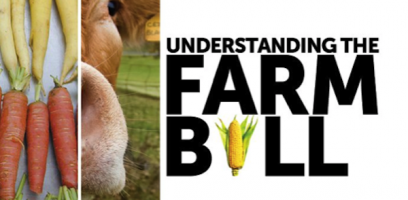The 2012 Farm Bill, a wide ranging bill that covers sustainable farming, organic food, big ag, food accessibility, and much, much more, will affect each and every one of us. Sadly, most people don't understand what it is or why it matters, and even fewer feel empowered to get involved and make a difference. Over the past several months, Simple, Good, and Tasty has published a series of articles about the Farm Bill, attempting explaining the issues in basic, understandable terms. These include:
commodity programs
Categories
PARTNERS
Archives
- April 2016 (1)
- March 2016 (1)
- February 2016 (1)
- January 2016 (1)
- December 2015 (2)
- October 2015 (1)
- August 2015 (2)
- July 2015 (2)
- June 2015 (3)
- May 2015 (2)



